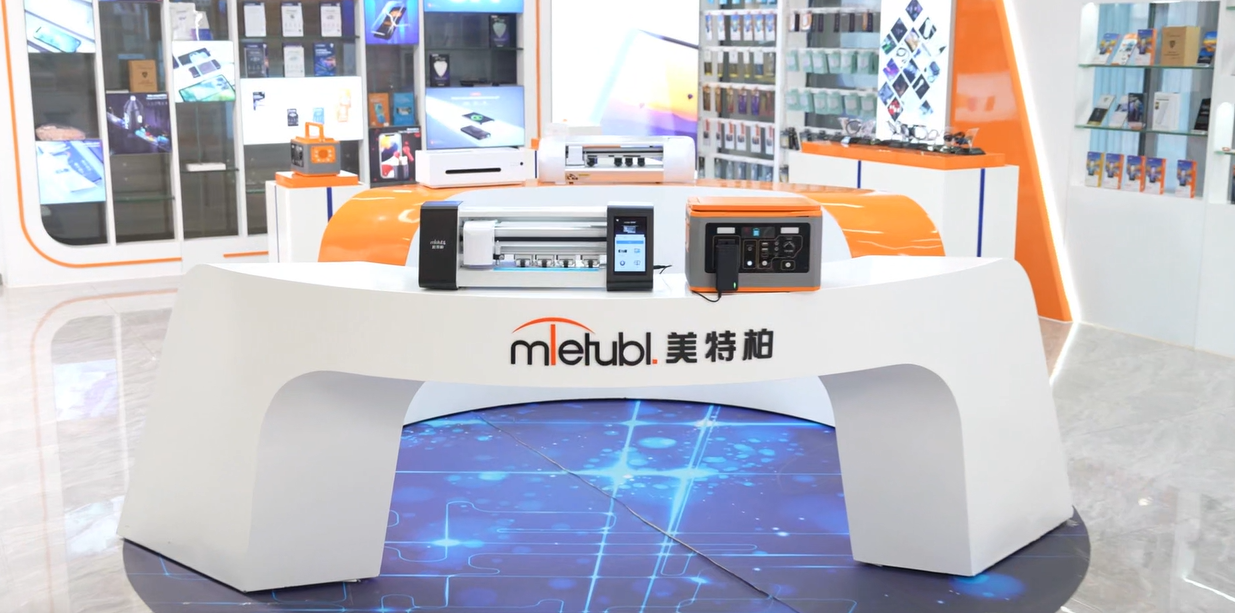
MIETUBL Brand Overview
MIETUBL is a brand originating from China and thriving through China’s intelligent manufacturing. It is committed to providing high-quality mobile accessories and related products to global consumers. Since its inception in 1998, the brand has followed the trends of the times, focusing on resource integration and building a symbiotic and shared industry ecosystem, enabling global consumers to conveniently access quality products that enhance their lives.
By continuously innovating and diversifying its product offerings, MIETUBL has achieved significant success in the mobile accessory industry. As a brand driven by customer value and innovation, MIETUBL has expanded into various product applications while accumulating rich industry experience and establishing a stable customer base. Headquartered in Zengcheng, Guangzhou, the company has strategically positioned itself within the mobile accessory industry, integrating high-quality production resources and aiming for a win-win business model.
Core Values and Development Vision:
-
Customer-Centric: MIETUBL always prioritizes customer needs, continually enhancing product quality and consumer experience through innovation and technological research and development.
-
Resource Integration and Industry Symbiosis: By integrating industry resources, MIETUBL creates a symbiotic, shared industry ecosystem, connecting global distributors and consumers, and promoting mutual growth across the value chain.
-
Global Vision: MIETUBL is committed to bringing Chinese manufacturing to the world, providing global consumers with high-quality, innovative mobile accessories, while offering profitable opportunities for distributors.
MIETUBL’s long-term vision is to continually enhance its products through innovation and quality, establishing “MIETUBL” as a globally trusted brand, recognized in markets around the world.
PRODUCTS
What Are the Differences Between Tempered Glass and Other Screen Protectors?
Material and Manufacturing
Tempered glass screen protectors are made from chemically treated glass, undergoing a process called ion exchange. This process involves heating the glass to a high temperature and then rapidly cooling it. This results in a significantly stronger and more impact-resistant material than regular glass. Its surface is also considerably harder, making it more resistant to scratches. In contrast, other screen protectors are typically made from various types of plastic films, such as PET (polyethylene terephthalate) or TPU (thermoplastic polyurethane). These materials are inherently more flexible and less resistant to shattering, though some offer varying degrees of hardness and scratch resistance depending on their specific composition and manufacturing processes.
The manufacturing process also contributes to the differences. Tempered glass requires specialized equipment and techniques, resulting in a generally higher cost. Plastic film protectors, on the other hand, are relatively easier and cheaper to manufacture, leading to more accessible price points. The manufacturing differences often translate directly into the final product's quality and longevity.
Durability and Scratch Resistance
Tempered glass excels in durability and scratch resistance. The ion-exchange process creates a significantly harder surface, capable of withstanding impacts and scratches far better than plastic film protectors. Minor drops or bumps that would easily scratch a plastic film protector are often harmless to a tempered glass screen protector. The tempered glass’s strength is also crucial in protecting against cracking and shattering, offering much more robust protection in case of a significant drop.
Plastic film protectors, while offering some scratch resistance, are generally more susceptible to damage. Scratches are far more common, and even relatively minor impacts can lead to cracks or breakage. While some higher-end plastic films boast improved scratch resistance, they still generally fall short of the durability offered by tempered glass.
Clarity and Touch Sensitivity
Both tempered glass and plastic film protectors aim for clarity, but tempered glass typically offers superior optical clarity. The smoother, more uniform surface of tempered glass reduces light distortion and reflections, providing a crisper, clearer viewing experience. Plastic film protectors, especially less expensive ones, can sometimes exhibit a slightly hazy or less sharp image compared to their tempered glass counterparts.
Touch sensitivity is generally excellent with both types of screen protectors, although some very thick tempered glass protectors may slightly impede responsiveness. However, this is often negligible, and high-quality tempered glass screen protectors are designed to minimize any such effect. The flexibility of plastic films usually ensures no noticeable difference in touch responsiveness.
Price and Longevity
Tempered glass screen protectors are generally more expensive than their plastic film counterparts. This reflects the superior materials, manufacturing processes, and overall durability. However, the longer lifespan often makes the higher initial cost worthwhile in the long run. A high-quality tempered glass protector might last for a year or more, whereas a plastic film protector may need replacing every few months due to scratches or wear.
The overall cost-effectiveness depends on your usage and needs. If you frequently drop your device or are concerned about serious screen damage, the higher upfront cost of tempered glass offers significantly better long-term value. If you're on a tighter budget and are less prone to accidental damage, a plastic film protector might be a viable option, accepting the need for more frequent replacements.
SUBSCRIBE
INQUIRY